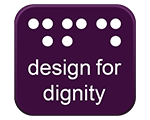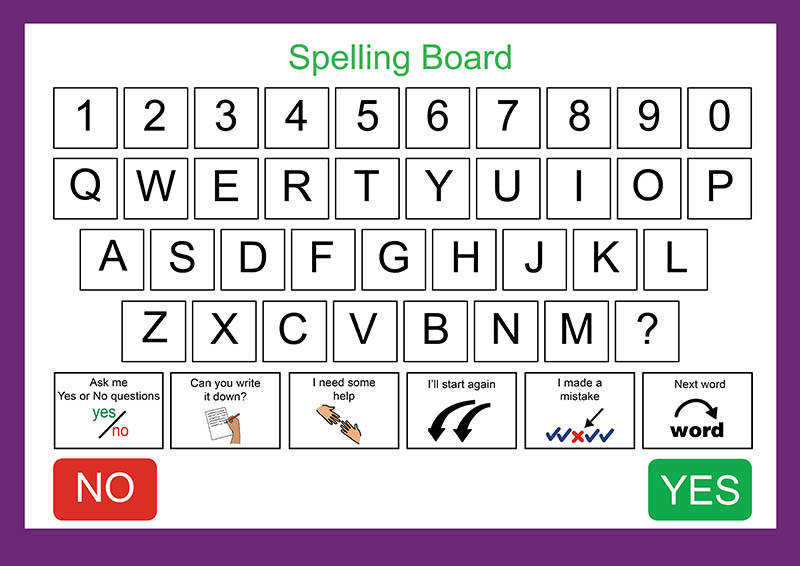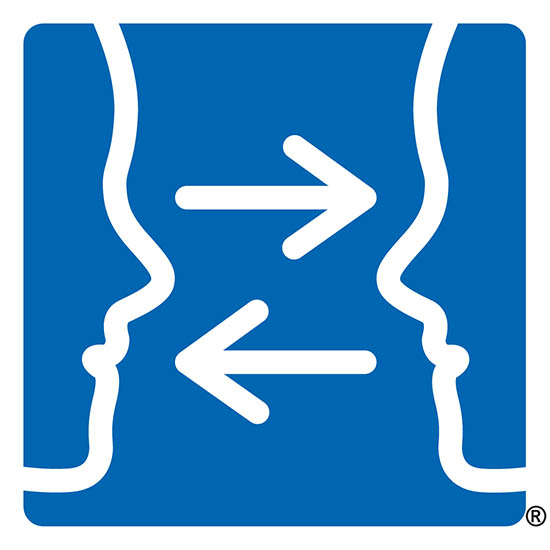Design For Dignity
Retail Guidelines




There are many disability types that can affect person's ability to read, write, speak or understand information. You may have customers at your business who have difficulty communicating what they want to say, for example, their speech might be difficult to understand. You may have customers who find reading or writing difficult, for example, someone with an intellectual disability. Other customers may have trouble understanding what you say.
There are many ways you can make your business welcoming to customers who have communication difficulties. Firstly, remember there are many different ways to communicate. It's ok to ask how a person likes to communicate. Secondly, consider having communication tools available at your business. A picture board at the reception counter is a great start. Finally, and most importantly, be welcoming and friendly to all customers and don't make assumptions about a person's ability.
Your business can be awarded the Communication Access Symbol® and become recognised as a retail space that provides excellent customer service to all customers, including those with communication difficulties.
There are many different ways to communicate, other than oral speech. Customers with speech or language problems might rely on methods to tell you what they want, for example:
You might want to have resources available at your business or service to help customers who have difficulty with speaking or understanding. Tools you might consider are:


There is now a symbol that informs members of the public that the business or service is communication accessible. The Communication Access Symbol® was launched in 2011, and in 2012 an international copyright process began leading to the symbol being registered as an Australian Trade Mark in 2014.

To be awarded the Communication Access Symbol®, key points where customers make contact with the business are assessed, such as front reception desks, service counters, and call centres. Trained communication access assessors, who are people with communication difficulties, use a checklist to determine if a place meets the standards to be awarded the Communication Access Symbol. The criteria assessed include:
Currently, the Communication Access Symbol® has been awarded to over 200 businesses and services in Victoria, across eight sectors, including retail and hospitality, local government, transport, health, recreation, leisure and sport, arts and culture, libraries, tourism, banking and state government services such as the Victorian Electoral Commission (VEC), the Victorian Equal Opportunity and Human Rights Commission (VEOHRC) and Public Transport Victoria (PTV).